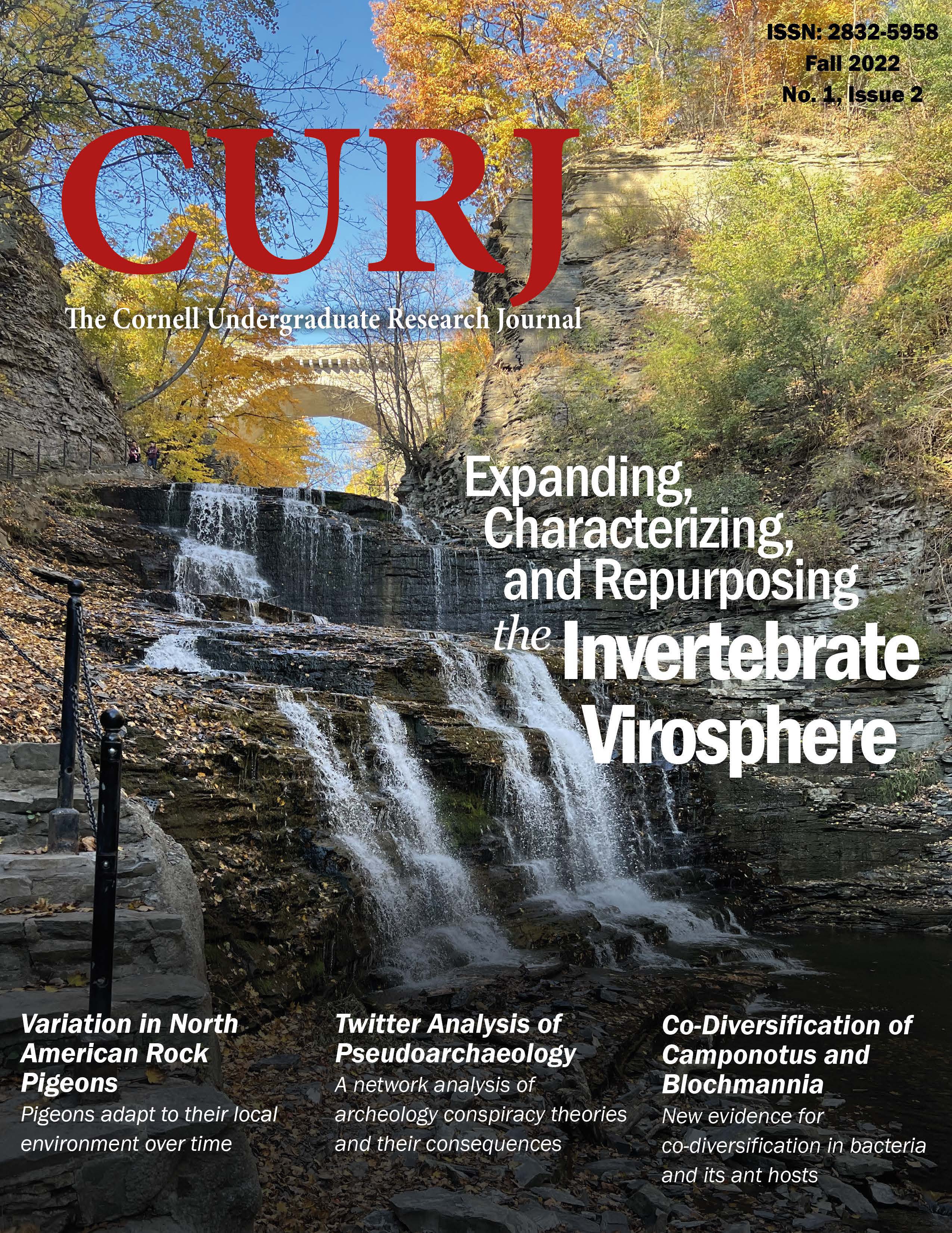Abstract
Modern medicine demands the capacity to deliver genetic or biological cargo to specific cell types. Past efforts to achieve this goal have relied on the retooling and re-engineering of a small subset of vertebrate viruses with limited success. Remaining challenges with regards to in vivo delivery include finding novel viral vectors that can achieve different target specificities in addition to those that are more amenable to synthesize de novo. In an attempt to address these remaining limitations, we collected and sampled diverse invertebrate species to isolate and identify RNA viruses associated with them. As the invertebrate virosphere remains largely unknown, we hypothesized that we would identify novel viruses whose components could be characterized and repurposed to build a new suite of viral-based tools. To this end, we isolated and sequenced RNA from a diverse library of invertebrates (including 42 insects) by next-generation sequencing and subsequently performed de novo genome assembly on the reads obtained. Captured reads were analyzed for signatures of RNA dependent RNA polymerases (RdRps) – a necessary component of all RNA viruses. The two putative novel virus genome assemblies discovered were named Castor and Pollux, and were characterized and independently confirmed by quantitative PCR. These small RNA viruses or their RdRps (less than 5kB) will, in the future, be synthesized and artificially launched in mammalian cells to ascertain whether they can be selected via guided evolution to function and deliver a desired genetic or biological cargo.
References
Condiotti, R., Goldenberg, D., Giladi, H., Schnitzer-Perlman, T., Waddington, S. N., Buckley, S. M. K., Heim, D., Cheung, W., Themis, M., Coutelle, C., Simerzin, A., Osejindu, E., Wege, H., Themis, M., & Galun, E. (2014). Transduction of fetal mice with a feline lentiviral vector induces liver tumors which exhibit an E2F activation signature. Molecular Therapy, 22(1), 59–68. https://doi.org/10.1038/mt.2013.193
Dobson, J. (2006). Gene therapy progress and prospects: Magnetic nanoparticle-based Gene Delivery. Gene Therapy, 13(4), 283–287. https://doi.org/10.1038/sj.gt.3302720
Khan, S., Ullah, M. W., Siddique, R., Nabi, G., Manan, S., Yousaf, M., & Hou, H. (2016). Role of recombinant DNA technology to improve life. International Journal of Genomics, 2016, 1–14. https://doi.org/10.1155/2016/2405954
Lundstrom, K. (2021). Self-replicating RNA viruses for vaccine development against infectious diseases and cancer. Vaccines, 9(10), 1187. https://doi.org/10.3390/vaccines9101187
Naso, M. F., Tomkowicz, B., Perry, W. L., & Strohl, W. R. (2017). Adeno-associated virus (AAV) as a vector for gene therapy. BioDrugs, 31(4), 317–334. https://doi.org/10.1007/s40259-017-0234-5
Quail, M. A., Swerdlow, H., & Turner, D. J. (2009). Improved protocols for the Illumina Genome Analyzer Sequencing System. Current Protocols in Human Genetics, 62(1). https://doi.org/10.1002/0471142905.hg1802s62
Robbins, P. D., & Ghivizzani, S. C. (1998). Viral vectors for gene therapy. Pharmacology & Therapeutics, 80(1), 35–47. https://doi.org/10.1016/s0163-7258(98)00020-5
Shi, M., Lin, X.-D., Tian, J.-H., Chen, L.-J., Chen, X., Li, C.-X., Qin, X.-C., Li, J., Cao, J.-P., Eden, J.-S., Buchmann, J., Wang, W., Xu, J., Holmes, E. C., & Zhang, Y.-Z. (2016). Redefining the invertebrate RNA virosphere. Nature, 540(7634), 539–543. https://doi.org/10.1038/nature20167
Thomas, C. E., Ehrhardt, A., & Kay, M. A. (2003). Progress and problems with the use of viral vectors for gene therapy. Nature Reviews Genetics, 4(5), 346–358. https://doi.org/10.1038/nrg1066
Vemula, S. V., & Mittal, S. K. (2010). Production of adenovirus vectors and their use as a delivery system for influenza vaccines. Expert Opinion on Biological Therapy, 10(10), 1469–1487. https://doi.org/10.1517/14712598.2010.519332
Zhao, Y., & Huang, L. (2014). Lipid nanoparticles for gene delivery. Nonviral Vectors for Gene Therapy - Lipid- and Polymer-Based Gene Transfer, 13–36. https://doi.org/10.1016/b978-0-12-800148-6.00002-x

This work is licensed under a Creative Commons Attribution 4.0 International License.
Copyright (c) 2022 Bryce Demopoulos, Benjamin tenOever


